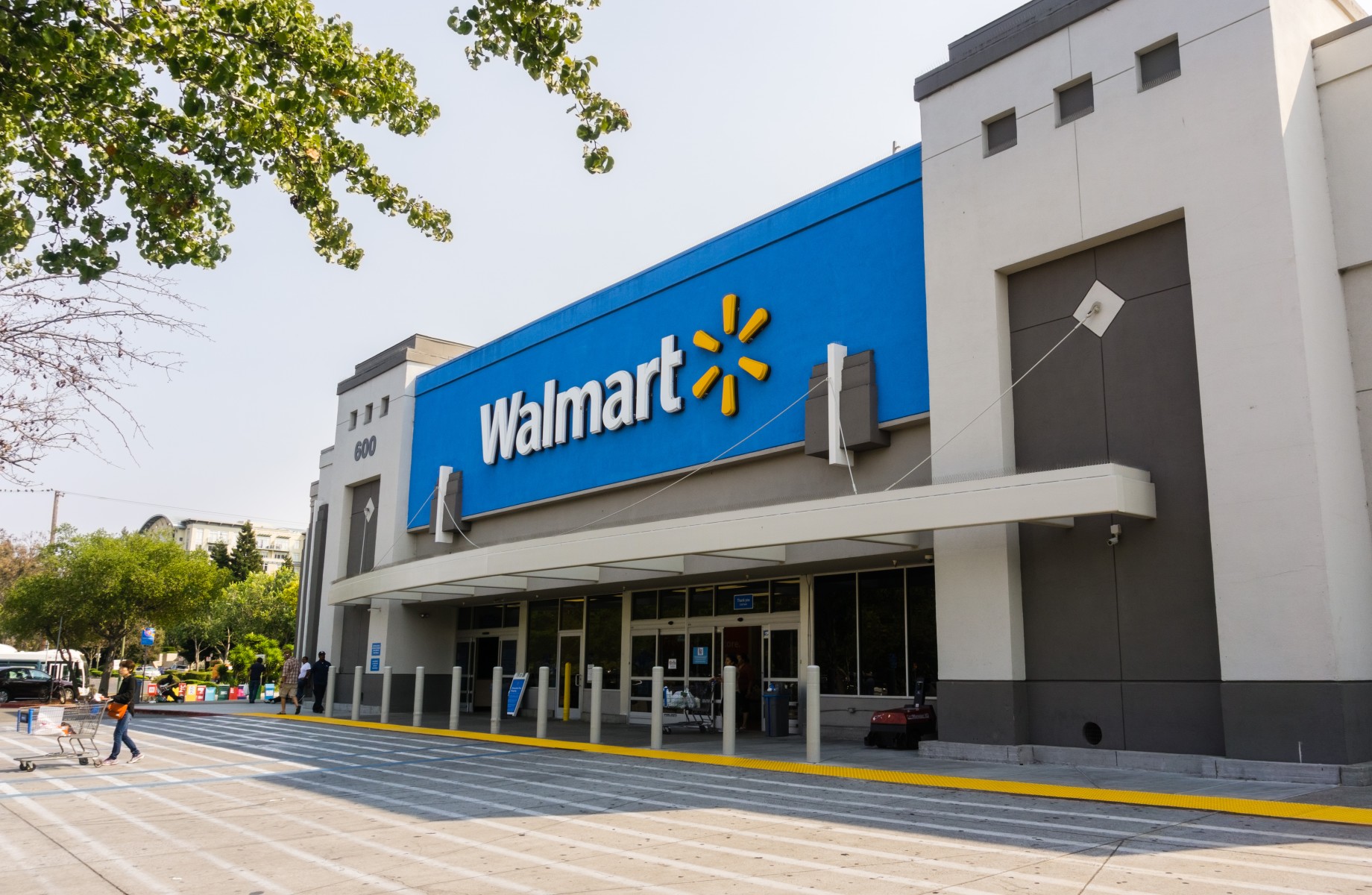Walmart: The Ultimate Guide To Understanding America’s Retail Giant
Walmart is not just a retail store; it's a cultural phenomenon that has reshaped the shopping landscape in America and beyond. With its vast network of stores and a comprehensive online presence, Walmart has become synonymous with affordability and convenience. This article aims to delve deep into the world of Walmart, exploring its history, business model, impact on society, and much more.
In this extensive guide, we will cover various aspects of Walmart, including its founding story, key statistics, and the strategies that have propelled it to the forefront of the retail industry. Whether you're a customer, investor, or simply curious about one of the largest corporations in the world, this article has something for everyone.
Join us as we navigate through the intricate layers of Walmart, providing insights that not only inform but also foster a deeper understanding of what makes this retail giant tick.
Table of Contents
- 1. The History of Walmart
- 2. Walmart's Business Model
- 3. The Social Impact of Walmart
- 4. Key Statistics and Data
- 5. Walmart and Its Competitors
- 6. Walmart’s Commitment to Sustainability
- 7. The Future of Walmart
- 8. Conclusion
1. The History of Walmart
Walmart was founded in 1962 by Sam Walton in Rogers, Arkansas. The initial vision was simple: to provide customers with low prices and great value. Over the years, Walmart has grown from a single store into a global retail titan.
In the 1970s, Walmart began to expand rapidly, opening stores across the United States. By the 1980s, it had become the largest retailer in the United States, a title it has maintained ever since. Today, Walmart operates over 10,500 stores in 24 countries, under 48 different names.
Key Milestones
- 1962: Walmart opens its first store.
- 1970: The first Walmart Supercenter is introduced.
- 1990: Walmart becomes the largest retailer in the U.S.
- 2000: Walmart launches its e-commerce platform.
2. Walmart's Business Model
Walmart's business model revolves around a low-cost strategy, focusing on high volume and low margins. This approach allows it to offer competitive prices to consumers.
Key Components of Walmart's Business Model
- **Everyday Low Prices (EDLP):** Walmart promises customers that they will always find the lowest prices.
- **Supply Chain Efficiency:** Walmart has one of the most efficient supply chains in the world, which allows for significant cost savings.
- **Technology Integration:** Walmart utilizes advanced technology for inventory management and customer engagement.
3. The Social Impact of Walmart
Walmart’s presence in communities has sparked debates about its impact on local economies, employment, and society at large. While it has created numerous jobs and provided affordable goods, it has also faced criticism for driving local businesses out of the market.
Positive Impacts
- Job Creation: Walmart is one of the largest employers in the world.
- Access to Affordable Goods: Many consumers benefit from the low prices.
Criticisms
- Impact on Local Businesses: Small businesses often struggle to compete with Walmart's pricing.
- Labor Practices: Walmart has faced scrutiny over its treatment of employees.
4. Key Statistics and Data
Walmart's scale is evident in its financial performance and market reach. Here are some key statistics that highlight its dominance in the retail industry:
- **Annual Revenue:** Walmart's annual revenue exceeds $500 billion.
- **Number of Employees:** Over 2.3 million employees worldwide.
- **Retail Locations:** More than 10,500 retail locations globally.
5. Walmart and Its Competitors
Walmart operates in a highly competitive environment, facing challenges from both traditional retailers and online giants.
Major Competitors
- **Amazon:** The largest e-commerce platform, posing a significant threat to Walmart's market share.
- **Target:** A direct competitor in the discount retail space.
- **Costco:** Competes with Walmart on pricing and bulk sales.
6. Walmart’s Commitment to Sustainability
In recent years, Walmart has taken steps to improve its sustainability practices. The company has set ambitious goals to reduce its carbon footprint and promote responsible sourcing.
Key Initiatives
- **100% Renewable Energy:** Walmart aims to power its global operations with 100% renewable energy by 2035.
- **Zero Waste:** The company has committed to achieving zero waste in its U.S. operations by 2025.
7. The Future of Walmart
As retail continues to evolve, Walmart is adapting to meet the changing needs of consumers. The future of Walmart will likely involve greater emphasis on e-commerce, technological innovation, and sustainability.
Trends to Watch
- **E-commerce Growth:** Walmart is investing heavily in its online shopping platform.
- **Technology Integration:** Expect to see more automation and AI-driven solutions in stores.
8. Conclusion
Walmart has undeniably changed the retail landscape, offering insights into effective business strategies and social responsibility. From its humble beginnings to becoming a global leader, Walmart continues to adapt to the demands of modern consumers.
What are your thoughts on Walmart's impact on society? Feel free to leave your comments below, share this article, or explore other articles on our site to learn more about the retail industry.
Thank you for reading! We hope to see you again soon.
Understanding Electronic Business Architecture (EBA): A Comprehensive Guide
Uncompany Instagram: The Art Of Building A Strong Brand Presence
Exploring Cuny: A Comprehensive Guide To The City University Of New York


